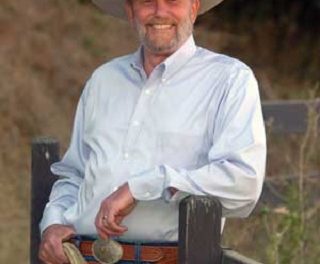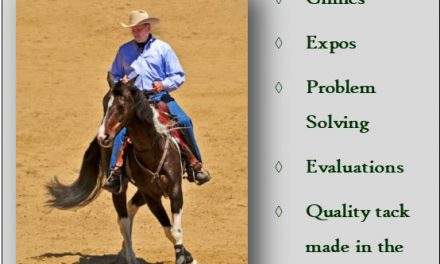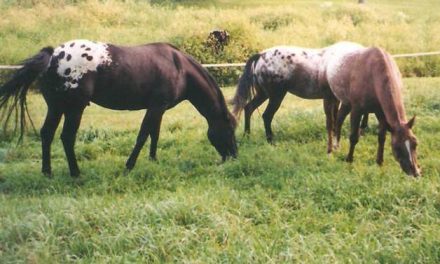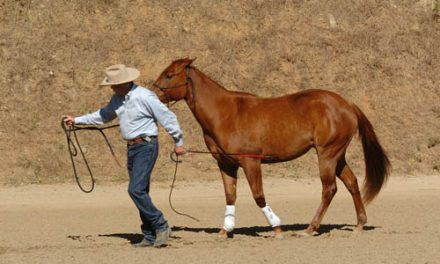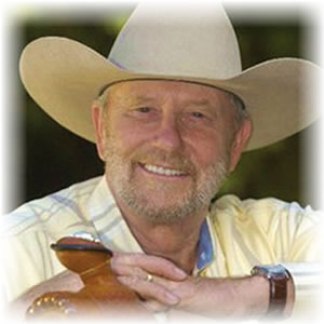 Last time I discussed six important “secrets” or training tips to help you build a great relationship with your horse. The last four tips round out the secrets to successful training and an enjoyable experience with your horse.
Last time I discussed six important “secrets” or training tips to help you build a great relationship with your horse. The last four tips round out the secrets to successful training and an enjoyable experience with your horse.
This principle is difficult for many people to understand and accept. Simply put “It is never, ever the horse’s fault” no matter what happens. When you use human language to communicate with your horse there is no communication. I have seen people love on their horses with pats, kisses, hugs and treats but that behavior rarely creates any type of relationship with a horse.
It is never, ever the horse’s fault because horses communicate in an entirely different way than humans. Humans have an intellectual and rational mind. We evaluate a situation and deduce what to do. Horses don’t have that ability. They can’t look at something and figure it out. What a horse can figure out is the maneuver you are teaching when you use their language. When you use pressure/release, you are consistent, patient and you control the feet, the horse can quickly learn a lesson you are teaching. It is amazing to watch the progress when you apply these principles. This is why it is never, ever the horse’s fault.
Correcting undesirable behavior –
Correcting undesirable behaviors is an important part of working with a horse. Whether the horse is wild or domestic, they all buck, rear, bite, kick and strike. It is how they come from the factory, as I like to say. We need to “civilize” them or teach them manners so that they are safe for us to be around. We train them using their language, as this is what works for them.
Correcting is an important concept, like any of these secrets. It is not a punishment. When one horse in a pasture gets in the space of another horse that is more dominant, the dominant horse will turn around and kick to correct the behavior. The horse is simply saying, “stay out of my space.” Using the principles discussed above, you need to teach your horse to behave properly, for your safety as well as his own. This is true whether you are on the ground or in the saddle.
Strong work ethic –
You won’t succeed at anything, especially working with horses, without a strong work ethic. All the principles I have discussed above require dedication and a tremendous amount of commitment. It is a real mental game learning to use the horse’s language. It is easy to forget that horses learn differently than we do. Earlier I discussed patience and perseverance and they go right along with a strong work ethic. It takes time, energy and consistency on your part.
Have fun –
The last principle is the most important and that is to have fun. It is true that in the beginning it is a lot of work but as you both progress in the development of the relationship, your horse will become very enjoyable to be around. As the relationship develops, your horse will trust and respect you. Your horse will want to be with you and will display a willingness to please. You don’t get this type of behavior trying to please a horse with carrots or cookies.
I have one last example before I close. Some years ago I worked with a grey mare named Zody. This mare had one of the worst problems I have ever seen with what we call cinchiness. Sometimes a horse gets agitated with just a saddle on its back but more often than not a horse will react when you reach down to tighten the cinch. Horses feel the pressure and this makes some very fearful. Zody was a classic example of this. She would rear up and go over backwards to get away from the cinch. Zody also had a severe bridling issue. When I attempted to bridle her she would violently shake her head back and forth. One day she cold cocked my training partner and knocked her flat.
I had been working with Zody for a while and had not seen much progress. I really wanted to give up on her. I was not seeing the type of improvement I expected. The owner was insistent that I continue as the mare was supposed to be really nice and she wanted me to keep trying to get through to her. Just as people have different learning curves, horses do too. A few weeks later I saw a huge improvement. I was ready to call it a success when suddenly Zody reverted to her previous behaviors with cinching and bridling. Once more I wanted to call it quits but the owner pleaded for another few weeks. Within the next few weeks we settled her emotional issues and the owner took her home.
I saw Zody a couple of years after she left the barn, and after she had been in pasture for a year breeding. After a full year without being saddled or bridled, and two years after the training ended, she barely flinched when we cinched up the saddle. Beyond lowering her head quietly, she had no response to the bridle. This lesson really struck home for me. It has kept me working with horses that many other trainers had given up on. Horses do have a different learning curve and sometimes a few weeks can make all the difference. You must be consistent, persistent and patient. You must do whatever it takes to make it clear to the horse what you are asking and why the horse should trust and respect you.
Here are the ten secrets:
- Follow through
- Control the feet and you control the mind
- Patience and perseverance
- Use of pressure
- Appropriate release of pressure
- It is never, ever the horse’s fault
- A strong work ethic
- Correcting Undesirable Behavior
- Have fun

